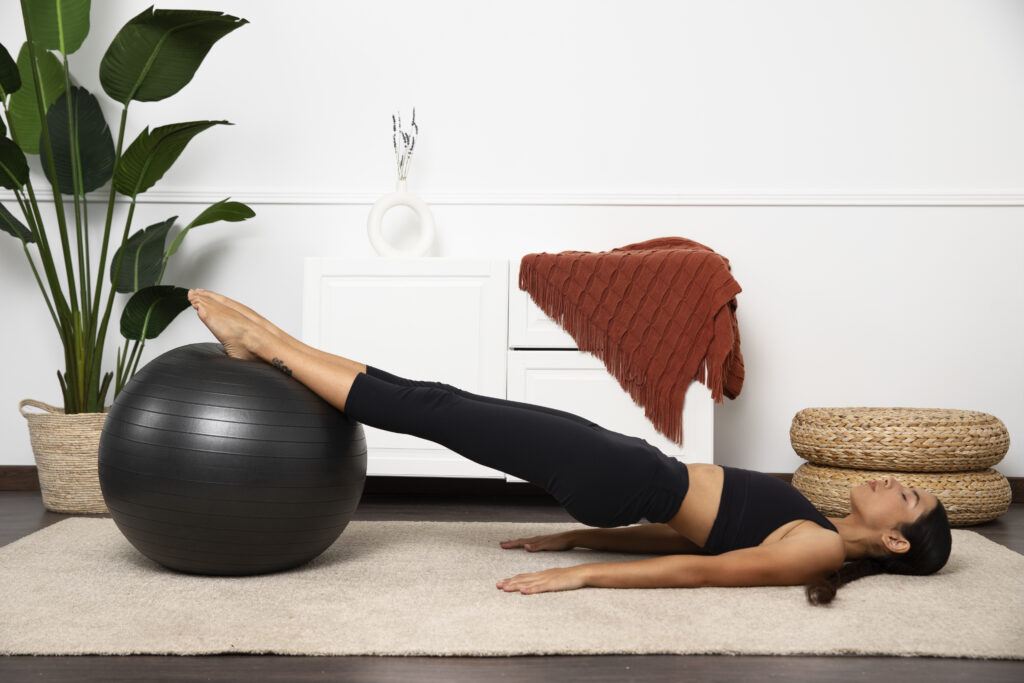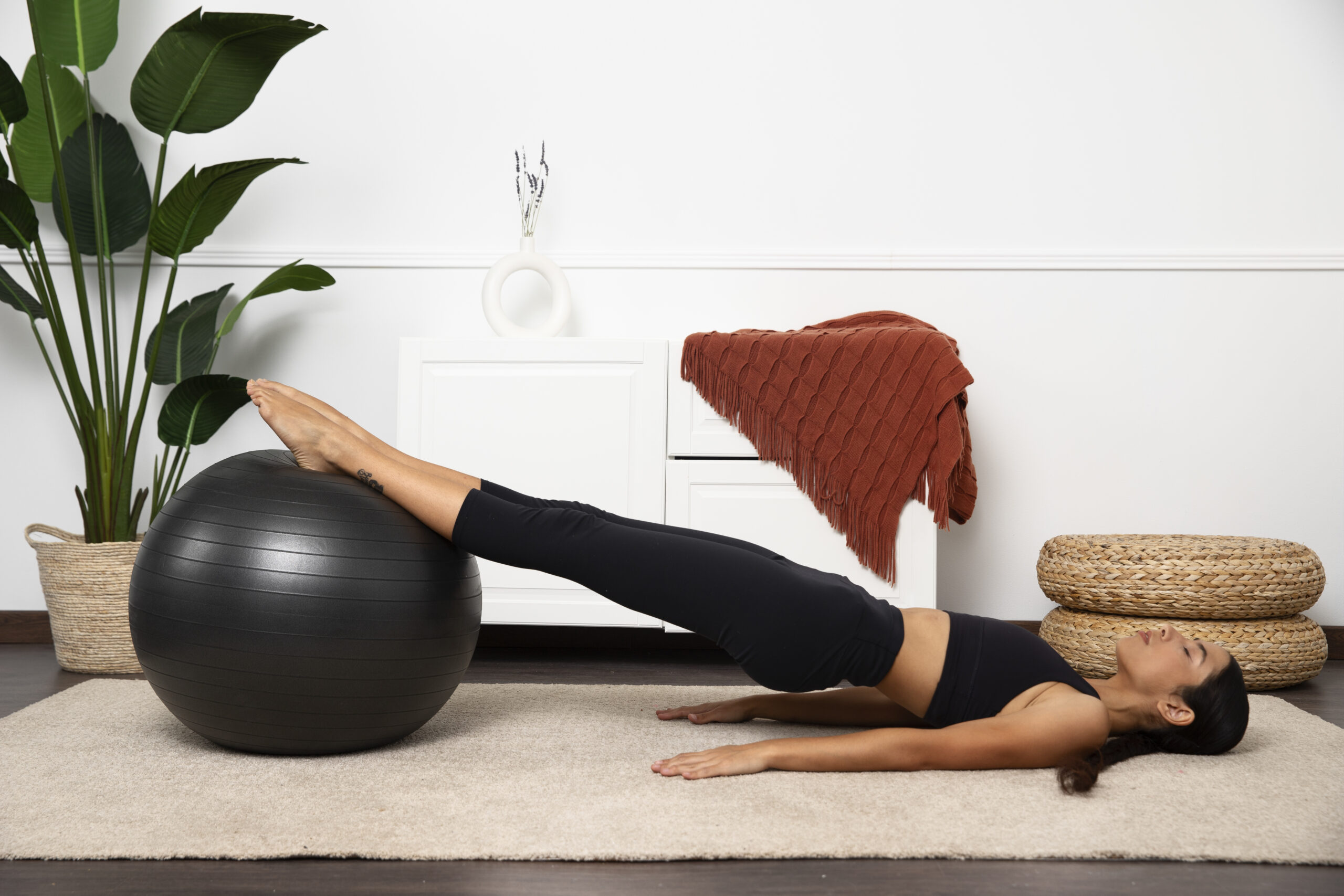
Online Pilates has taken the fitness world to a whole new level. It’s no longer just about rolling out a mat at home. Now, it’s a blend of tradition, technology, and a growing wellness community. Online Pilates classes draw in people from all walks of life, giving them flexibility, guidance, and lots of accessible options to keep bodies strong and minds focused. If you’re curious about how this movement came to be and if these classes really deliver, I’ll share what I’ve learned, along with some tips for getting started.
The Origins of Pilates: Where Did It All Begin?
It’s always helpful to know where something started. Pilates can be traced back to the early 20th century, created by Joseph Pilates in Germany. Joseph was an interesting character who grew up with asthma and other health challenges, so he became obsessed with movement, anatomy, and ways to build strength.
His method, originally called “Contrology,” focused on controlled, precise movements to boost flexibility, posture, and core strength. During World War I, Joseph Pilates worked with injured soldiers, helping them regain mobility with creatively modified equipment. When he later moved to New York, his fitness studio quickly attracted ballet dancers and athletes looking for mindful movement and injury prevention.
Pilates began as a niche practice, mostly found in dance and rehab circles. Over time, it spread to mainstream gyms, rehab centres, and home studios. The method keeps changing, but the heart of Pilates—strength, mindful movement, and controlled breathing—stays strong.
From Studio to Screen: The Online Pilates Revolution
The popularity of Pilates soared in the late 1990s and early 2000s. Around this time, celebrities and athletes started showing off its benefits, and group Pilates classes started popping up in fitness clubs everywhere. But the real turning point came with better internet, smartphones, and video streaming.
By the 2010s, digital workouts started popping up on YouTube and dedicated websites. At first, online Pilates was just for days you couldn’t get to the studio. But a few big things changed the game:
- Technology Got Smarter: Streaming platforms now make it easy to take live classes or access on-demand videos, right from your living room. Apps offer detailed programs, reminders, and even progress tracking to keep you going.
- Global Community: Suddenly, Pilates fans in small towns or rural areas could work out with top instructors and join virtual groups. Online forums and social media made it a breeze to swap tips, get encouragement, and share progress.
- Pandemic Push: When gyms closed abruptly in 2020, online Pilates became the solution for staying active at home. Instructors switched up their model and started offering live-streamed classes, personal feedback, and even virtual retreats.
I got hooked myself during the early days of lockdown, finding comfort and community through online classes when my usual studio was off-limits.
Are Online Pilates Classes Worth Trying?
People often want to know if online Pilates classes actually work or if there’s something major missing by skipping the studio. After trying out several platforms myself and reading loads of reviews, here’s what stands out:
- Flexibility: You don’t have to reshape your whole day for a set class time. Play a recorded video or join a live session when it fits your schedule.
- CostEffective: Memberships or pay as you go classes are usually more affordable than studio memberships. Plus, many YouTube workouts are free.
- Variety: There’s something for everyone—gentle beginner flows, hard-hitting power Pilates, and classes with props or none at all.
- Access to Quality Instructors: Now you can join sessions with some of the most skilled teachers. You can try different methods and teaching styles without leaving your home or city.
Keep in mind: online Pilates works best if you can keep an eye on your own form or already have a bit of experience. If you’re brand new, go slow, use mirrors, or check in with an instructor for feedback every now and then. Some platforms even offer real-time corrections with video, which is a cool feature to look for.
When Did Pilates Get So Popular?
Pilates really started picking up in the late 1990s, especially by word of mouth in dance and rehab communities. When Hollywood stars—think Madonna or Jennifer Aniston—shared their love for Pilates, the practice became popular. Fitness chains across North America, Europe, and Australia launched mat and reformer classes, making Pilates mainstream. Reports from the fitness industry back then showed a huge boost in class signups from 2000 to 2010.
The pandemic in 2020 added fuel to the fire. With people needing a way to exercise at home, Pilates studios that switched up their model and went online helped everyone stay connected. Today, Pilates apps, online video platforms, and studios offering both online and offline classes keep that growth going. You don’t need any fancy equipment to start—just a mat and some curiosity about what your body can do.
Is Pilates Backed by Science?
Some folks ask if Pilates is all hype or if there’s real substance behind it. Over the years, dozens of studies have checked out the effects of Pilates on fitness, back pain, posture, mood, and mobility. Researchers found that Pilates can improve flexibility, core strength, and body awareness for most people. It’s often recommended for managing low back pain and for people recovering from injuries.
Pilates isn’t a cure all, but it stacks up well compared to other types of fitness and physical therapy. Benefits tend to appear with steady practice—think two or three times a week—and are strongest if guided by a knowledgeable instructor. While every body is different, Pilates generally gets a thumbs up from medical and sports science experts.
What Makes a Good Online Pilates Class?
There’s so much out there, so finding a good fit might take a little testing. When searching for classes, here’s what I look for:
- WellStructured Routines: Classes that warm you up properly, build things up gradually, and finish with stretching or cool downs.
- Clear, Concise Instruction: Instructors who know how to spell out moves and offer practical safety tips—super important for people with injuries or mobility issues.
- Community Features: Live chat, message boards, or progress tracking can give a boost to motivation and add some accountability.
- MobileFriendly Platforms: Apps and websites that work well on tablets, phones, or TVs make it easy to work out anywhere you want.
Try a couple of free trial classes or YouTube channels to see if you connect with a certain teacher or style. It took me a few tries to find instructors whose teaching matched how I learn best. Once I did, I kept coming back and saw a noticeable change in flexibility and muscle tone.
Overcoming Common Challenges in Online Pilates
Jumping into online Pilates can bring a few hurdles. Here are some tips and common issues to keep in mind:
- Space: Make sure you have enough clear space to move—slide the coffee table out of the way or even work out outdoors if the weather is good.
- Tech Troubles: A stable internet connection and testing your setup before starting will help avoid mid workout issues.
- Staying Motivated: Partner with a workout buddy, join an online group, or set reminders for yourself. Mixing in some variety to your routine now and then keeps things fresh.
- Tuning into Your Body: If you’re new to exercise or have injuries, always check in with a medical pro first. Listening to your own body and its limits is super important.
Once you find a routine you enjoy, showing up for online Pilates becomes less of a chore and more like a self care ritual—a time to tune in to how you feel and get stronger with every session.
Frequently Asked Questions
Question: What equipment do I need for online Pilates?
Answer: For most online mat classes, all you need is a comfortable mat and some space. Some classes call for props like resistance bands, cushions, or a small Pilates ball, but you can often substitute with household items or skip them altogether when just starting out.
Question: Can online classes help beginners with no Pilates experience?
Answer: Absolutely. Many platforms provide beginner series with detailed breakdowns and modifications. Look for classes labeled “beginner friendly” or “foundation courses” to build up your confidence and skill step by step.
Question: How do I know if my form is correct at home?
Answer: Using a mirror, filming yourself, or even booking a virtual private with an instructor can all help. Over time, you’ll naturally become more aware of your body, but checking in with feedback every so often is always smart.
Question: Are results from online Pilates the same as in person classes?
Answer: With steady effort, many people find they get just as strong, flexible, and upright from online classes as they do from in person ones. In person lessons give you hands-on corrections at first, which are fantastic, but high quality online instruction and self monitoring can go a long way for most people.
Online Pilates and the Future of Fitness
Classic Pilates studios aren’t going anywhere, but online Pilates has clearly carved out its own niche in today’s fitness scene. It delivers flexibility, a welcoming community, and access to awesome instruction no matter where you’re located. As technology keeps growing, expect even more interactive options, personalised feedback, and exciting ways to make movement accessible for all.


Online Pilates is something that was never heard of pre Covid, now we all have a chance to do this valuable exercise form from the comfort of our homes. I have tried some classes myself, but I must admit that I am more motivated when I am in a live class setting.
However Online Piliates is a valuable addition for those who can’t make regular classes as well as those who love a certain instructor, but she lives far away. Also having a recording is a great option so you can still do your class when you find the time.
Thank you Michel for your feedback. Indeed, online pilates gives us a lot of opportunities especially if we are time poor, its financially more affordable than a club and we are not limited with fitness club timetable.
Loved this post, Elena! As a stay-at-home mum, it’s been a challenge finding time (and energy!) to prioritise my own wellbeing between meals, messes, and school runs. But reading this has given me hope and a gentle nudge to finally try online Pilates. I really like the idea of being able to work out at home, at my own pace, without needing fancy equipment or feeling self-conscious.
I also appreciate your tips for beginners. I’ll definitely be looking for beginner-friendly classes and checking my form with a mirror. Hopefully, this will be a first step in making movement a regular part of my routine again. Thanks for the inspiration!
Sharon, thank you so much for your kind words! I’m really glad the post resonated with you — as a mum myself, I totally get how overwhelming the daily juggle can be. It took me a while to prioritise my own wellbeing too, but finding small, manageable ways (like online Pilates) made such a difference for my energy and mindset.
I’ll be sharing more beginner-friendly tips and routines, so feel free to stick around. You’re not alone on this journey — we’ve got this!